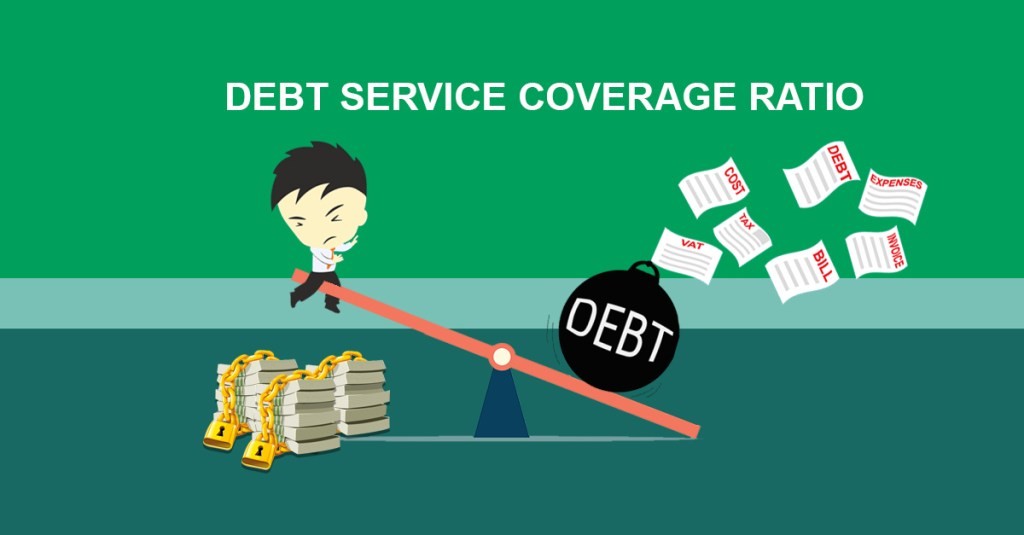NEWS
Understanding Debt Service Coverage Ratio Loans

When navigating the world of business financing, understanding key metrics like the Debt Service Coverage Ratio (DSCR) can be crucial. DSCR loans play a significant role in assessing the financial health and repayment capacity of borrowers. This article aims to elucidate the basics of DSCR loans in a clear and accessible manner, empowering entrepreneurs and investors alike to make informed decisions about their financial endeavors.
What is Debt Service Coverage Ratio (DSCR)?
At its core, the Debt Service Coverage Ratio (DSCR) is a financial metric used by local money lenders to evaluate the ability of a business to cover its debt obligations. It measures the relationship between a company’s operating income and its debt payments, indicating whether it generates enough cash flow to meet its debt obligations. In simpler terms, it assesses whether a business can comfortably manage its loan repayments without strain.
Calculating DSCR
To calculate the DSCR, one divides the net operating income (NOI) by the total debt service. The net operating income represents the revenue generated by the business after deducting operating expenses, excluding taxes and interest payments. The total debt service includes all principal and interest payments due within a specific period, typically annually. A DSCR above 1 indicates that the business generates sufficient income to cover its debt obligations, with higher ratios indicating stronger financial health.
Interpreting DSCR
A DSCR of 1 or higher suggests that the business generates enough cash flow to cover its debt payments, indicating a lower risk for lenders. Ratios below 1 imply that the business may struggle to meet its debt obligations, raising concerns about its ability to repay loans. Lenders often prefer higher DSCR values as they signify a greater margin of safety for loan repayment. However, the optimal DSCR can vary depending on the industry, with some sectors requiring higher ratios due to their inherent risk factors.
Implications for Borrowers and Lenders
For borrowers, maintaining a healthy DSCR is essential for accessing financing at favorable terms. A strong DSCR not only increases the likelihood of loan approval but also allows for better negotiating power with lenders, potentially securing lower interest rates and more favorable repayment terms. Conversely, a low DSCR may limit borrowing options or result in higher interest rates to compensate for increased risk. For lenders, analyzing the DSCR helps in assessing creditworthiness and mitigating the risk of loan default, ensuring a balanced portfolio of loans with optimal risk-return profiles.
Factors Influencing DSCR
Several factors can influence the Debt Service Coverage Ratio (DSCR) of a business. One significant factor is the company’s revenue stability and growth prospects. Businesses with steady and growing revenue streams are more likely to maintain a healthy DSCR as they can reliably cover their debt payments. Additionally, the nature of the industry in which the business operates plays a crucial role. Industries with cyclical or volatile revenue patterns may require higher DSCRs to account for fluctuations in cash flow and mitigate risk.
Importance of DSCR in Loan Approval
For lenders, the DSCR serves as a key indicator of a borrower’s ability to service debt, making it a vital consideration in the loan approval process. A high DSCR instills confidence in lenders, indicating that the borrower has sufficient cash flow to meet repayment obligations. This, in turn, increases the likelihood of loan approval and may result in more favorable loan terms for the borrower. Conversely, a low DSCR may raise concerns among lenders, potentially leading to a higher risk premium or even loan denial.
Monitoring and Improving DSCR
Once a loan is obtained, monitoring and managing the Debt Service Coverage Ratio (DSCR) becomes crucial for both borrowers and lenders. Regularly tracking financial performance and making strategic adjustments can help borrowers maintain a healthy DSCR and avoid defaulting on loans. Implementing measures to increase revenue, reduce expenses, or refinance existing debt at lower interest rates can improve DSCR over time. Likewise, lenders may work with borrowers to address any issues affecting DSCR, such as restructuring debt or providing financial guidance to enhance cash flow management. By actively managing DSCR, borrowers and lenders can ensure the long-term viability and sustainability of their financial arrangements.
Final Thoughts
In essence, understanding Debt Service Coverage Ratio (DSCR) loans is paramount for both borrowers and lenders in the realm of business financing. By comprehending this fundamental metric and its implications, entrepreneurs can gauge their financial health and make informed decisions about borrowing, while lenders can assess creditworthiness and manage risk effectively. With a clear grasp of DSCR, individuals and businesses can navigate the complex landscape of loans with confidence, paving the way for sustainable growth and success.










